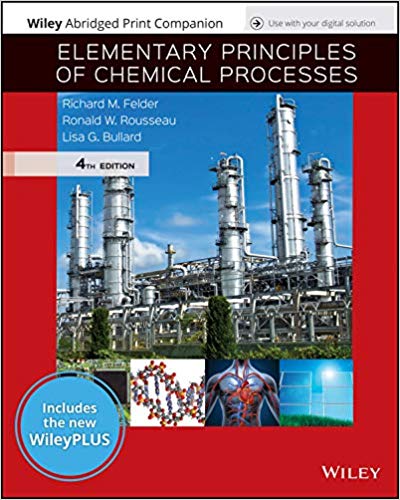Certain vegetables and fruits contain plant pigments called carotenoids that are metabolized in the body to produce
Question:
(a) It is recommended that children between 1 and 3 years of age should get 300 micrograms of Vitamin A per day. Considering only the metabolism of β-carotene given above, how many grams of Golden Rice would a child have to eat in order to obtain this much Vitamin A? Does this seem like a reasonable amount of rice to eat in one day, if one cup of cooked rice is approximately 175 g?
(b) α-carotene and β-cryptoxanthin can also be converted into Vitamin A, but when compared to β-carotene, it takes twice as much of each of these compounds to produce one unit of Vitamin A. Considering all of the carotenoids in Golden Rice as potential sources of Vitamin A, how many grams of Golden Rice would a three-year-old child have to eat in order to obtain the recommended daily amount of Vitamin A?
Exploratory Exercises-Research and Discover
(c) Some individuals are not convinced that genetically modified foods are safe to grow or to eat. What kinds of risks or uncertainties are cited by these individuals? What kinds of measures are taken by farmers and suppliers of genetically modified seeds to minimize these risks?
(d) Some people do not believe that Golden Rice is a practical, viable solution to Vitamin A deficiency around the world. Summarize the major arguments for and against production and distribution of Golden Rice.
Distribution
The word "distribution" has several meanings in the financial world, most of them pertaining to the payment of assets from a fund, account, or individual security to an investor or beneficiary. Retirement account distributions are among the most...
Fantastic news! We've Found the answer you've been seeking!
Step by Step Answer:
Related Book For 

Elementary Principles of Chemical Processes
ISBN: 978-1119498759
4th edition
Authors: Richard M. Felder, Ronald W. Rousseau, Lisa G. Bullard
Question Posted:





